GreenRoom Inflight Robotics (a subsidiary of GreenRoom Robotics) are undertaking an ambitious project combining Unmanned Aerial Vehicles (UAV), Computer Vision and Machine Learning. We are aiming to improve the way in which drones are applied in to a number of industries, and for varying applications.
This seems to be a fairly common claim in modern tech companies, but I hope that by the end of this article that you agree with me, as you’ll see we’re developing some useful applications for UAVs, and robotics in general, in response to direct market need.
I shall explain what we are doing. What, but not how, (because then you will probably just take the idea and do it for yourself). Nevertheless, here is a sneak peak into this seemingly basic, but innovative, new program called ThermalVis.
ThermalVis is a program that will be able to be integrated with any reasonably sized UAV (fixed wing or rotary) that will take input from the vehicle’s control system, cameras (initially thermal imaging cameras), it will process this data (on a micro computer board) and then either track or map the position of animals or objects in a given area, depending on what the user wants to do. But this isn’t all it does, it will relay this information back to the operator, plotting what animal it has found, and where it has found it. If you want to track or find one particular species, we can train it to do that as well.
If you haven’t heard of Machine Learning (ML, otherwise known as Neural Networks or Artificial Intelligence) then it is worth having a look at. This field is not new, with the first real reference of it going back to 1957 with Frank Rosenblatt credited with making the first neural network, but in recent years it has exploded and is now being applied in all areas of robotics, computer science, and pattern recognition. I won’t bore you with the details, but essentially it is a computer model that roughly mimics the structure of neurons in the human brain, essentially making it able to be ‘trained’ and learn to recognise patters, and in our case, images.
Combining ML with industry standard computer vision (analysing images for abnormalities essentially) has enabled us to create a system that will find an animal, and then determine what species that animal is. This is essentially useless if it is given to a person to hold, as they could probably do it better with their own eyes and brain, which is where UAVs come into it.
Modern UAVs are increasing in range, stability and capability, with their application booming in modern industry. We aim to take advantage of this technology and integrate our image detection and classification programs with ROS (Robot Operating System) to make a user-friendly, robust and capable system to achieve the goals of the client, in whatever they want to find, track or record. ROS is the control software, user interface and supporting structure that we are using as the control system to combine the information from our ThermalVis program to achieve tracking, mapping and any other functions a customer may want.
Initially ThermalVis is being launched for the agricultural industry (for locating and counting livestock, checking fencelines/troughs, etc). Simultaneously we’re prototyping for pest monitoring and wildlife tracking. We are so excited and passionate about bringing the product to world. Like I said at the start of this article, we aim to improve the way that UAVs are used in industries around the world. Watch this space.
Our first prototype will take flight toward this end of this year integrating thermal vision and night vision for a client in Brisbane, Qld.



